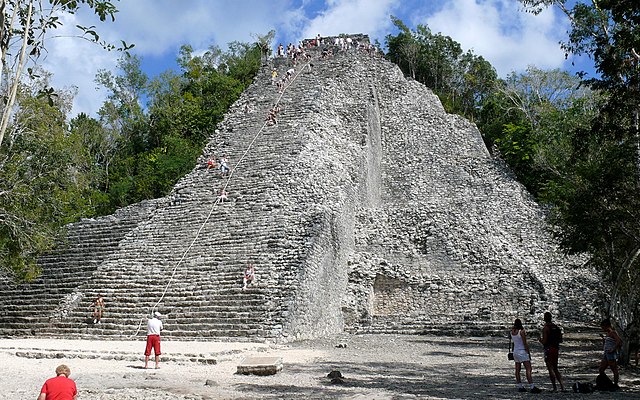
Forgotten Empires And Civilizations
Lost Civilizations That Leave Us Intrigued
Throughout history, there have been numerous empires which have fallen from status and memory; lost civilizations that leave us little but enigmatic tales and mysterious disappearances. These ancient cultures, once thriving and influential, have left behind traces of their existence, shrouded in mystery and speculation. Let us embark on a journey to explore the fascinating realm of forgotten empires, mythic and historic, and the questions that surround their rise and fall.
The Tale Of Atlantis
One of the most captivating lost civilization myths is that of the Atlanteans, or more specifically, of their capital, Atlantis. First mentioned by the philosopher Plato in his dialogues, Atlantis was described as home to a highly advanced and prosperous society, but one which was suddenly sunken beneath the waves by a cataclysmic event. The story of Atlantis has captured the imagination of generations, sparking debates as to its reality, inspiring numerous theories as to its possible location, and speculation on the nature of its demise.
The Mystery Of The Mayan Collapse
The Mayan civilization of Central America is another remarkable example of a vanished empire, though this time it is firmly enshrined in historical fact. Flourishing from around 2000 BC to the 16th century AD, the Maya built impressive cities, developed a sophisticated writing system, and made ground-breaking advancements in mathematics and astronomy. Yet, for reasons still not fully understood, their civilization ultimately suffered a rapid decline, leaving behind both magnificent ruins such as the Coba Nohoch pyramid shown above, and many unanswered questions.
Aksum
Situated across the north east of Africa and southern Arabia, once existed the Kingdom of Aksum. Flourishing from the 1st to the 8th century AD, Aksum was a major trading power and centre of civilization. It boasted impressive architecture, including towering obelisks, and was one of the first states to adopt Christianity. However, by the 9th century, Aksum’s influence had waned, and it too suffered a rapid decline, before fading almost into obscurity. Now archaeologists and historians can only be intrigued and theorise as to what may have truly happened.
The Indus Valley Civilization
This people thrived from around 3300 to 1300 BC, and theirs is one of the world’s oldest known urban civilizations. Spread across modern-day Pakistan and northwest India, this advanced society boasted sophisticated city planning, a system of writing, and advanced drainage and sanitation systems. Yet theirs was also a similar story of gradual fall from grace, and the complete explanation for the eventual disappearance of the Indus Valley Civilization remains a mystery, with theories ranging from environmental changes to internal conflicts.
The Khmer Empire
Centered in present-day Cambodia, the Khmer empire reached its zenith in the 12th century AD. The empire’s capital, Angkor, was a sprawling city complex adorned with impressive temples, including the iconic Angkor Wat, which can still be visited today. However, by the 15th century, the Khmer Empire had experienced its own decline, and its once-glorious cities were reclaimed by the jungle, and was only “rediscovered” by French explorer Henri Mouhot in 1840. The reasons behind the empire’s collapse, including potential environmental factors and external pressures, continue to puzzle historians.
Questions And Few Answers
These forgotten empires and lost civilizations ignite our imagination and raise intriguing questions about their rise and fall. Was it due to natural disasters, environmental changes, internal conflicts, or a combination of such factors? Conclusions remain elusive, and the mysteries surrounding these civilizations drive our fascination to uncover the truth. Archaeologists, historians, and researchers continue to unravel secrets of these lost worlds through excavation, deciphering ancient scripts, and studying remnants.
Each new discovery brings us closer to understanding the legacies and enigmas of these empires, shedding light on their achievements, struggles, and ultimate demise. As we contemplate the past, we are reminded of the impermanence of civilizations and the rich tapestry of human history, reminding us that even the most powerful and influential societies can eventually fade into obscurity, leaving behind only fragments of their existence for us to decipher and contemplate.